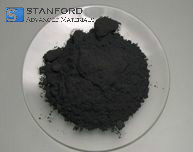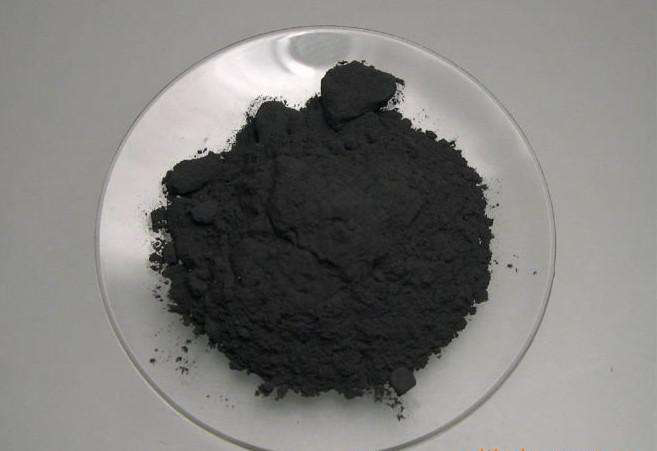When To Use Tungsten Powder?
Tungsten powder is utilised for the manufacture of high‐strength alloys and other finished products. It is well documented that the majority of industrial metals and alloys—such as steel, aluminium and copper—are produced by melting and casting in specified moulds. In addition, powder metallurgy is employed in metal machining.

What is Tungsten Powder Metallurgy?
The three principal factors in tungsten powder metallurgy are the tungsten metal powder itself and the compaction and sintering processes. We control and optimise these parameters internally. In tungsten powder metallurgy the melting process is omitted; products are produced by compacting tungsten metal powders which are then subjected to a heat treatment at temperatures below the melting point of the material.
We use tungsten powders derived from pure ammonium paratungstate sources and other intermediate products, together with high‐specification metals. We blend tungsten powder with measured proportions of nickel, copper, iron and other metals to produce a range of alloys that meet defined performance criteria.
The manufacture of certain alloys requires tungsten powders produced from pure APT. Stanford Advanced Materials (SAM) has selected qualified suppliers to provide the materials for alloy production. By choosing suppliers that adhere to stringent tungsten purity requirements and by using pure forms of intermediates, SAM ensures that the final alloys and other products consistently meet the prescribed material specifications.

Why do we use Tungsten Powder Metallurgy?
Powder metallurgy enables the production of materials with melting points exceeding 2 000 °C. The process remains cost‐effective even when only small quantities are required. Additionally, the use of tailored powder mixtures permits the manufacture of homogeneous materials with defined properties.
Through the application of appropriate forming processes, such as forging, rolling or drawing, the materials acquire specific thermal stability, hardness and flow behaviour.
What is the Process of Tungsten Powder Metallurgy?
The tungsten powder is blended with designated alloying elements and then introduced into moulds. The mixture is compacted under pressures of up to 2 000 bar. The resulting compact is subsequently sintered in specialised furnaces at temperatures exceeding 2 000 °C. During sintering, the component achieves the required density and a defined microstructure develops. Only when each step is accurately coordinated can we satisfy our quality criteria and produce components that conform to strict purity and specification standards.
Our commitment to utilising tungsten powders of high specification enables the continuous production of alloys and proprietary end products that effectively address customer requirements.
Thank you for reading this passage. If you are interested in Tungsten powder, please send us an enquiry or contact us via sales@SAMaterials.com. Free samples are available.

 Bars
Bars
 Beads & Spheres
Beads & Spheres
 Bolts & Nuts
Bolts & Nuts
 Crucibles
Crucibles
 Discs
Discs
 Fibers & Fabrics
Fibers & Fabrics
 Films
Films
 Flake
Flake
 Foams
Foams
 Foil
Foil
 Granules
Granules
 Honeycombs
Honeycombs
 Ink
Ink
 Laminate
Laminate
 Lumps
Lumps
 Meshes
Meshes
 Metallised Film
Metallised Film
 Plate
Plate
 Powders
Powders
 Rod
Rod
 Sheets
Sheets
 Single Crystals
Single Crystals
 Sputtering Target
Sputtering Target
 Tubes
Tubes
 Washer
Washer
 Wires
Wires
 Converters & Calculators
Converters & Calculators
 Write for Us
Write for Us
 Chin Trento
Chin Trento


